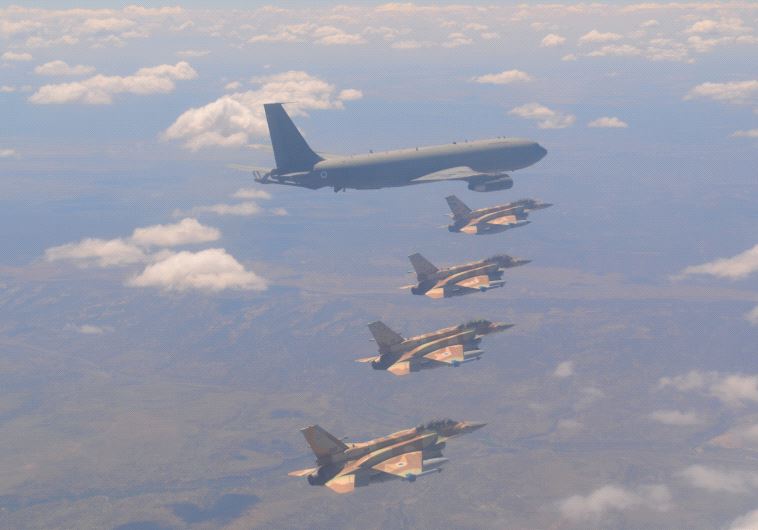Israel will not participate in any Red Flag exercises this year
The Red Flag exercises take place several times a year bringing together American and international forces for drills.
 Red Flag drill hosted by the US Air Force held at Nellis Air Base, Nevada(photo credit: IDF SPOKESPERSON'S UNIT)Updated:
Red Flag drill hosted by the US Air Force held at Nellis Air Base, Nevada(photo credit: IDF SPOKESPERSON'S UNIT)Updated: